submitted by Anne Fricke, mom to Freya (13, living with PWS)
October is National Bullying Prevention Month. One of the frustrating and sad realities of our society is that individuals with disabilities and special needs are more likely to be bullied, including our loved ones with PWS. It is essential that we, as parents and caregivers, are aware of the potential for bullying, recognize its signs, and understand how to intervene to prevent and stop this behavior.
As the parent of an almost 14-year-old daughter with PWS, I unfortunately have experience with bullying. In our situation, the person doing the bullying tended to treat most of her classmates this way; however, because of the nature of PWS, my daughter was more affected by the behavior. I implemented several strategies to help keep my daughter safe, and eventually, the child left the school. We did not get the Hollywood ending where they figured out how to be friends by the end of middle school, but their teams recently played against each other in volleyball. After my daughter’s team won (due in part to some of her great serves), the girl gave her a celebratory high five and a hug. Perhaps it was performative, perhaps she has grown; either way, it put a smile on my daughter’s face.
Below are some of the strategies I used to help support my daughter through this experience, while also demanding accountability from the school, along with some insight from a few websites (links provided).
Create a Safe Environment
I have always believed in being up front about my daughter’s diagnosis of PWS. The adults and caregivers in her life must understand how to keep her safe. When she was younger, the concern was elopement or injuries on the playground. As she gets older, it is more about food security and avoiding unsafe people.
Part of creating a safe environment, especially when situations arise, may involve using the IEP or 504. She is guaranteed a 1:1 aide during meal times for food safety, but after some incidents on the playground, she is now also guaranteed supervision during recess. This provision is not an aide standing right next to her, but an assigned adult who knows her location and is ready to step in if a situation arises. (Which, since that student left, it has not.)
Remember that our loved ones have federal civil rights. “When bullying is directed at a child because of his or her established disability and it creates a hostile environment at school, bullying behavior may cross the line and become “disability harassment.” Under Section 504 of the Rehabilitation Act of 1973 and Title II of the Americans with Disabilities Act of 1990, the school must address the harassment.” Bullying and Youth with Disabilities and Special Health Needs | StopBullying.gov
Identify Safe People
We have also been open about PWS with her classmates. She has been with the same classmates since kindergarten, so we have not presented on PWS in a few years. I imagine speaking to a class of uninformed middle schoolers about PWS would be far more challenging. However, new classmates have joined the class, presenting an opportunity to educate and take note of who may be good allies for my daughter.
She and I discuss her peer relationships, and I have helped her to recognize who is a safe person to go to. In the past, when there were daily concerns, these peers knew to intervene or seek help from a teacher if there was an interaction with the unsafe student.
Be Open About Your Concerns
I ensured that all the adults in my daughter’s life were aware of the concerns about this student and that she and my daughter were not to be left alone together. I wrote letters to the new teachers, making them aware, while being sure never to call out the other student as a bully, but rather state that she and my daughter struggled in their interactions. At the beginning of one school year, a meeting was called with the teacher, classroom aide, and the new principal, all of whom wanted to support and nurture healthy interactions between the two, while also recognizing that my daughter was more vulnerable in the situation.
Eventually, a meeting was held between the assistant principal, the teacher, the student’s parents, and me. I wish I could say that it went well. It didn’t.
Talk about the Situations
My daughter would come home crying some days, and I would hear about interactions almost in real time. At other times, I wouldn’t hear about something that had happened until a few months later. Parents and caregivers of individuals with PWS likely understand that sometimes the trigger to challenging behavior is not the thing that happened right before the behavior. There were times when I needed to exercise a lot of patience and ask questions to truly understand what was upsetting my daughter.
Honestly, there were times when talking with my daughter that I sensed that she was likely taking things too personally or blowing them out of proportion. I questioned the severity or reality of the other student’s bullying and tried to talk my daughter out of being upset. That rarely went well. One thing the principal mentioned that really stuck with me was that even perceived bullying can have long-lasting effects. This advice helped me find compassion even if I thought my daughter was misreading situations.
There were other days and situations when the bullying was blatant and even brought to my attention by other students. Then there would be more phone calls, more letters, more talks with the teacher after school. It was a struggle for years.
Practice Scenarios and Solutions
Once we identified patterns in the bullying, I helped my daughter practice defending herself in these scenarios. We ran through scripts of telling the girl to leave her alone or simply walking the other way if she came up to her. I gave my daughter permission to yell, “Stop,” or “get away from me,” and promised that if the school called me for it, I would defend her. We tried mantras about “letting go” and even compassion for how poorly this girl must feel about herself to treat my daughter this way. All of these would help momentarily but needed to be revisited occasionally.
A Resolution of Sorts
Perhaps I should clarify that the bullying from this student was never physical. My daughter was never hurt physically, and, for right or wrong, I would have taken more immediate and effective steps had it been physical. There were situations of teasing, sometimes involving food, excluding her from groups and conversations, telling lies about her, and manipulating her into saying things that were intended to get her into trouble. However, because much of it was based on my daughter’s perception of facial expressions and comments made, it was easier to discuss it and let things go at times. It also helped, again, whether rightly or wrongly, that many other students had complaints about this person. Somehow, the fact that my daughter was not the sole target helped me put on blinders.
Once that student left the school, the change in my daughter’s behavior and attitude has been very telling. She rarely cries anymore, nor does she have outbursts after school. She doesn’t say she hates her class. She laments that there aren’t more girls in her class (she is one of two), but the desperation to be somewhere else is no longer there. She often has good things to tell me about her day and comes home with a smile. Of course, I hope she will never again be in a bullying situation, but I now feel more prepared to help us navigate any similar conflicts in the future. Hopefully, sharing my experience will help you do the same should the need ever arise.
Quick Tips:
- *Create a safe environment
- *Identify safe people (be sure your loved one knows who can be trusted and who they should go to for help if needed)
- *Be aware of signs of bullying (injuries, depression, frustration, refusing to go to school)
- *Talk with your child (ask for details, be a good listener, be supportive)
- *Talk with teachers/caretakers/supervisors (make them aware of your concerns, ask for their input)
- *Brainstorm Solutions (helping them be a part of finding solutions can be empowering and give them confidence)
- *Practice Appropriate Responses
Get Help
If your loved one with PWS is struggling with an experience of bullying and you would like additional support, please reach out to us at (941) 312-0400 or email info@pwsausa.org.
Resources:
Share this!

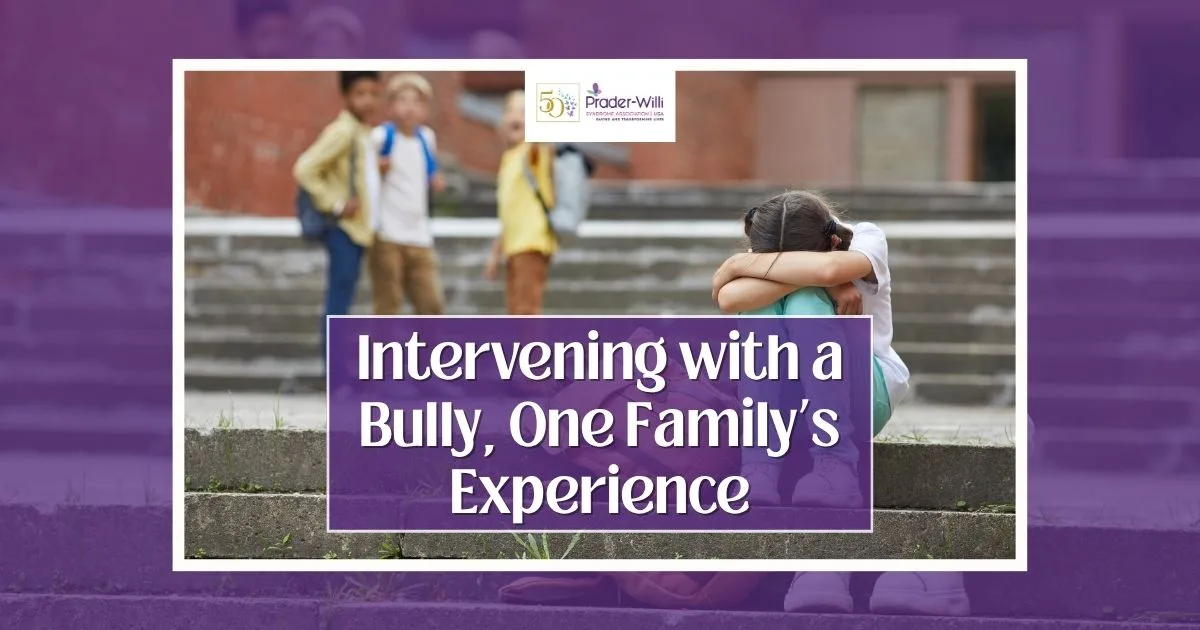
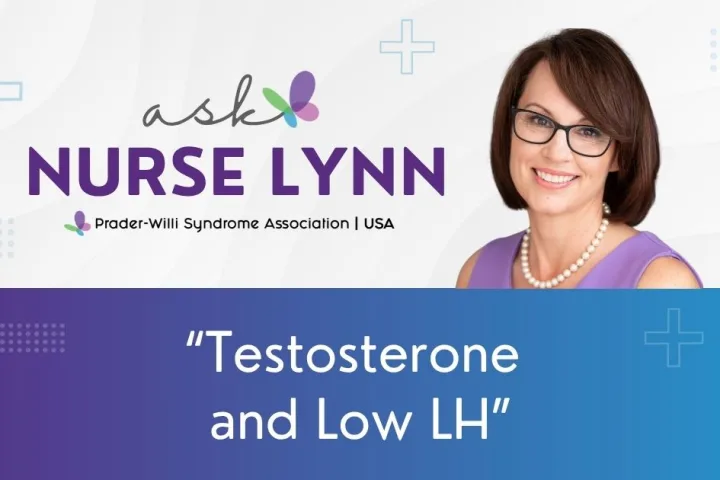
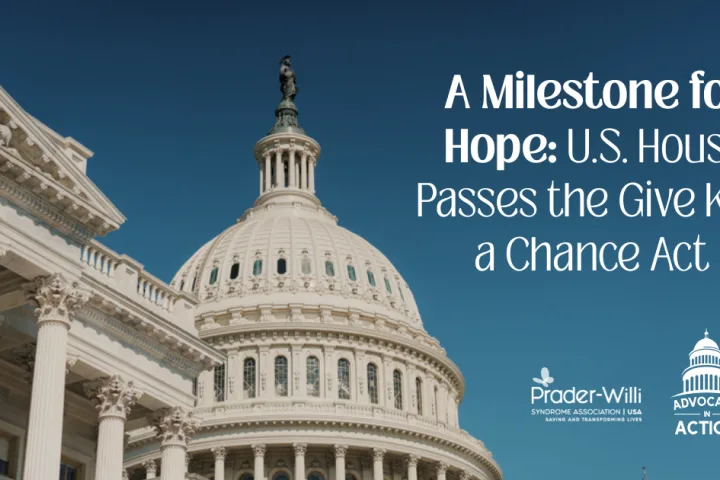
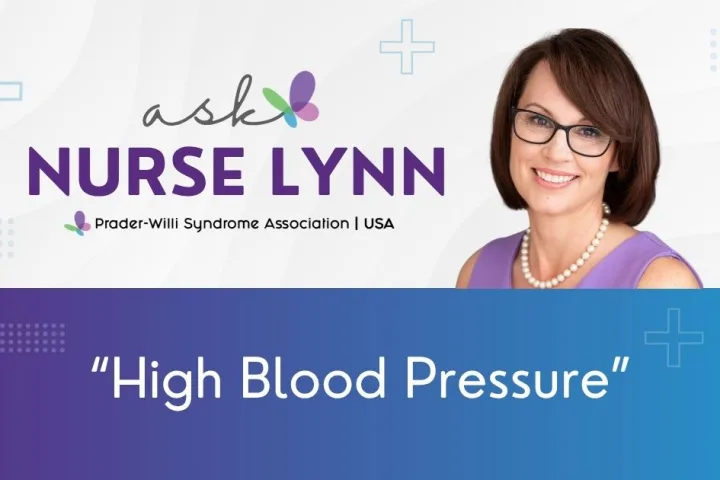
 Perry A. Zirkel has written more than 1,500 publications on various aspects of school law, with an emphasis on legal issues in special education. He writes a regular column for NAESP’s Principal magazine and NASP’s Communiqué newsletter, and he did so previously for Phi Delta Kappan and Teaching Exceptional Children.
Perry A. Zirkel has written more than 1,500 publications on various aspects of school law, with an emphasis on legal issues in special education. He writes a regular column for NAESP’s Principal magazine and NASP’s Communiqué newsletter, and he did so previously for Phi Delta Kappan and Teaching Exceptional Children. Jennifer Bolander has been serving as a Special Education Specialist for PWSA (USA) since October of 2015. She is a graduate of John Carroll University and lives in Ohio with her husband Brad and daughters Kate (17), and Sophia (13) who was born with PWS.
Jennifer Bolander has been serving as a Special Education Specialist for PWSA (USA) since October of 2015. She is a graduate of John Carroll University and lives in Ohio with her husband Brad and daughters Kate (17), and Sophia (13) who was born with PWS. Dr. Amy McTighe is the PWS Program Manager and Inpatient Teacher at the Center for Prader-Willi Syndrome at the Children’s Institute of Pittsburgh. She graduated from Duquesne University receiving her Bachelor’s and Master’s degree in Education with a focus on elementary education, special education, and language arts.
Dr. Amy McTighe is the PWS Program Manager and Inpatient Teacher at the Center for Prader-Willi Syndrome at the Children’s Institute of Pittsburgh. She graduated from Duquesne University receiving her Bachelor’s and Master’s degree in Education with a focus on elementary education, special education, and language arts.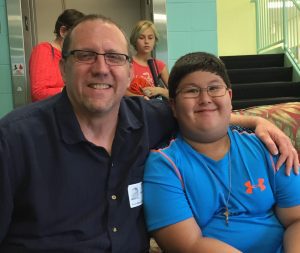 Evan has worked with the Prader-Willi Syndrome Association (USA) since 2007 primarily as a Crisis Intervention and Family Support Counselor. Evans works with parents and schools to foster strong collaborative relationships and appropriate educational environments for students with PWS.
Evan has worked with the Prader-Willi Syndrome Association (USA) since 2007 primarily as a Crisis Intervention and Family Support Counselor. Evans works with parents and schools to foster strong collaborative relationships and appropriate educational environments for students with PWS.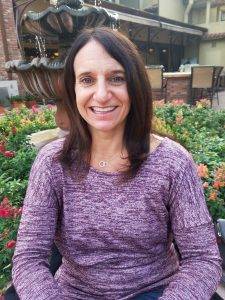 Staci Zimmerman works for Prader-Willi Syndrome Association of Colorado as an Individualized Education Program (IEP) consultant. Staci collaborates with the PWS multi-disciplinary clinic at the Children’s Hospital in Denver supporting families and school districts around the United States with their child’s Individual Educational Plan.
Staci Zimmerman works for Prader-Willi Syndrome Association of Colorado as an Individualized Education Program (IEP) consultant. Staci collaborates with the PWS multi-disciplinary clinic at the Children’s Hospital in Denver supporting families and school districts around the United States with their child’s Individual Educational Plan. Founded in 2001, SDLC is a non-profit legal services organization dedicated to protecting and advancing the legal rights of people with disabilities throughout the South. It partners with the Southern Poverty Law Center, Protection and Advocacy (P&A) programs, Legal Services Corporations (LSC) and disability organizations on major, systemic disability rights issues involving the Individuals with Disabilities Education Act (IDEA), Americans with Disabilities Act (ADA), and the federal Medicaid Act. Recently in November 2014, Jim retired.
Founded in 2001, SDLC is a non-profit legal services organization dedicated to protecting and advancing the legal rights of people with disabilities throughout the South. It partners with the Southern Poverty Law Center, Protection and Advocacy (P&A) programs, Legal Services Corporations (LSC) and disability organizations on major, systemic disability rights issues involving the Individuals with Disabilities Education Act (IDEA), Americans with Disabilities Act (ADA), and the federal Medicaid Act. Recently in November 2014, Jim retired.